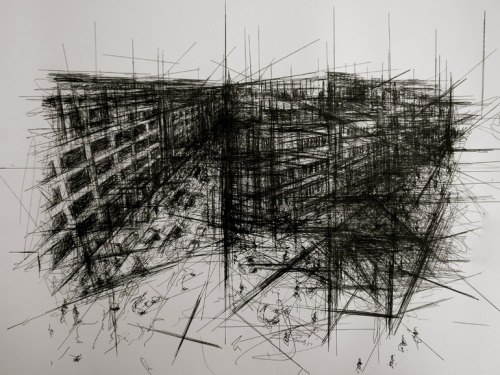("Remembrance of a Perfect Day"), color. Belgium: Fréon, 2002.
The 'comics' work of Belgian artist Dominique Goblet
is immediately striking in that it not only ignores, but in many ways
seems utterly uninfluenced by the usual conventions of comics. Goblet
is a multi-talented artist who works in comics, painting, and
photography, as well as installation art that combines all of those
forms. Her visual style, often mixed-media, can leap, page by page,
from agitated and scratchy drawings that seem to mar the paper they were
created on, to gentle and lyrical images with the placidity of
watercolors. Like her graphic style, her comics themselves are
multi-faceted and intensely personal. Souvenir is a complex
story that combines both fiction and autobiography and, more urgently
than telling a specific story, reveals to the reader an intimacy and
personal voice rarely found in comics
This post via http://www.indyworld.com/
http://www.dominique-goblet.be/

















